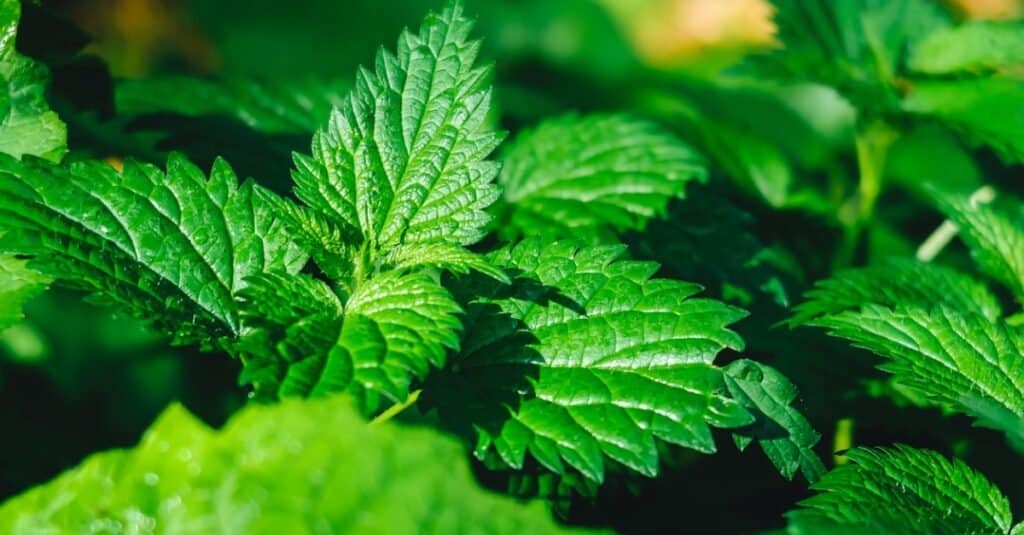 Plants produce the food they eat – a substance called glucose.
Plants produce the food they eat – a substance called glucose.
The world is a vast ecosystem – it contains a plethora of living things of different kinds, all benefiting one another. Plants are one of the most important life forms found in an ecosystem, as they help in controlling the amount of oxygen in the air through a process called photosynthesis. Moreover, plants are producers, as they provide the primary source of food in the food chain. Everything that people and other animals feed on, comes from plants in whatever way. Without them, birds, mammals, and even humans will have nothing to eat. Plants feed herbivores, and these herbivores who feed on plants are preyed upon by carnivores, and so on.
Now, if plants act as a primary source of food in a food chain, then what do plants eat? Below, we’ll take a look at what plants eat, what their food is made of, and more.
What Do Plants Eat?
©Attila Fedyk/Shutterstock.com
Plants don’t eat food like regular living things. Instead, they make their own – a substance called glucose, through a process called photosynthesis. In this process, plants use carbon dioxide, water, and light and energy from the sun to convert them into food.
If you take a look at the dictionary, you’ll notice that the word “photosynthesis” is derived from these two terms: “photo” and “synthesis”, which refers to the word “light” and “the act of creating something”, respectively. Having a basic understanding of these root terms provides a clue on how plants obtain their nourishment.
How Do Plants Produce Food?
Photosynthesis can be divided into two stages. In the first stage, plants change sunlight energy into various types of energy that are then used in the second stage of the process, where glucose is produced.
The finished product, glucose, is a sugar substance used by plants for energy to create more substances such as starch and cellulose. Glucose is plants’ primary source of nutrition and is the main requirement for their growth. Plants eat glucose, and for later use, store them in the form of starch.
In the same way that eating sugar provides humans with energy to work and go on their day, sugar provides plants with the ability to grow and perform other critical functions.
What Make Up Plants’ Food?
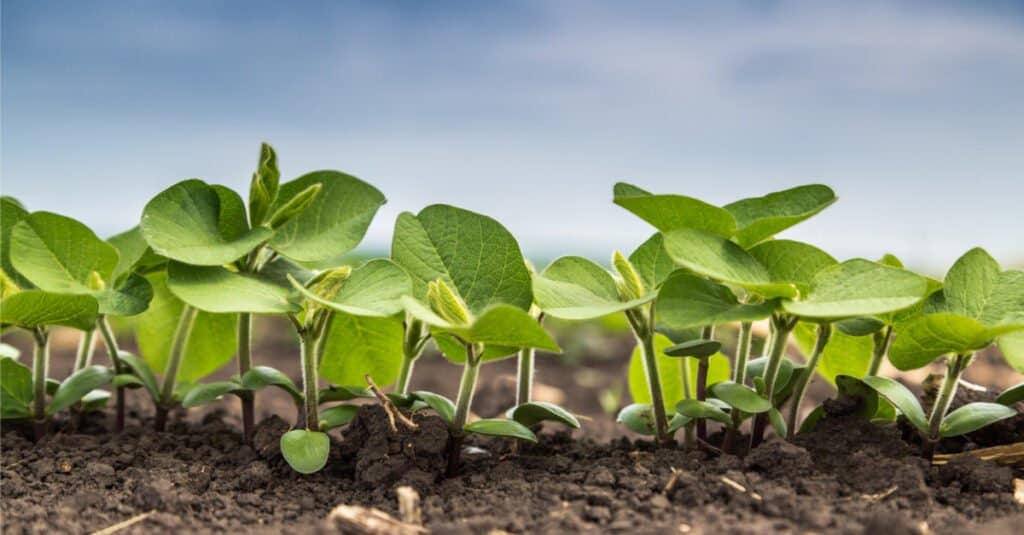
©iStock.com/Olga Seifutdinova
When we make our food, we need ingredients for us to cook. Plants do so too, and when they prepare their food through photosynthesis, they require these following ingredients:
- Light
- Chlorophyll
- Water
- Carbon dioxide
- Major and micro nutrients
The most important component in photosynthesis is light, which can be natural or artificial light. Unless plants receive a proper amount of light, they grow delicate and brittle. Water and fertilizers won’t be enough to help them produce their own food, as photosynthesis is only accomplished with an adequate amount of light.
Carbon dioxide, or CO2, is also vital in photosynthesis. Plants obtain carbon dioxide from the atmosphere through emissions as well as from humans’ or animals’ breath.
Chloroplasts, which are found inside plant cells, manufacture a pigment called chlorophyll in plants’ leaves and stems that is responsible for their distinctive green hue. Chlorophyll is essential in photosynthesis, as it converts sunlight into chemical energy for the plant.
Water, or H2O, is transported to the plants through their roots. The roots are mainly responsible for absorbing water and transporting major and micro nutrients to the plant, which come from the soil they are planted on.
Are Fertilizers Food for Plants?
It is common for people to mistakenly think that fertilizers are food for plants, but in reality, they are not! The fertilizers’ only job is to supply nourishment to plants to enhance their growth and development.
Plants take necessary nutrients from the soil through the roots, and fertilizers in the soil help give them additional nutrition. Fertilizers work on plants the same way vitamins and supplements help nourish our body.
What Do Plants Eat in the Ocean?
Plants receive little to no light underwater, so they need help from microscopic creatures in order to create their own food.
As light and carbon dioxide in the ocean is limited, photosynthetic processes underwater are decreased. Fortunately, small microscopic creatures called cyanobacteria, also known as blue-green algae, assist ocean plants in making food despite the limited light and carbon dioxide.
These microorganisms have adjusted to low-light environments, and they do photosynthesis for their own benefit, as well as the benefit of other living creatures.
Having existed for billions of years, these ancient microorganisms use help from phycobiliproteins, proteins that absorb light in the ocean. Phycobiliproteins can be found buried in cyanobacteria’s outer covering.
Do Plants Eat Animals?
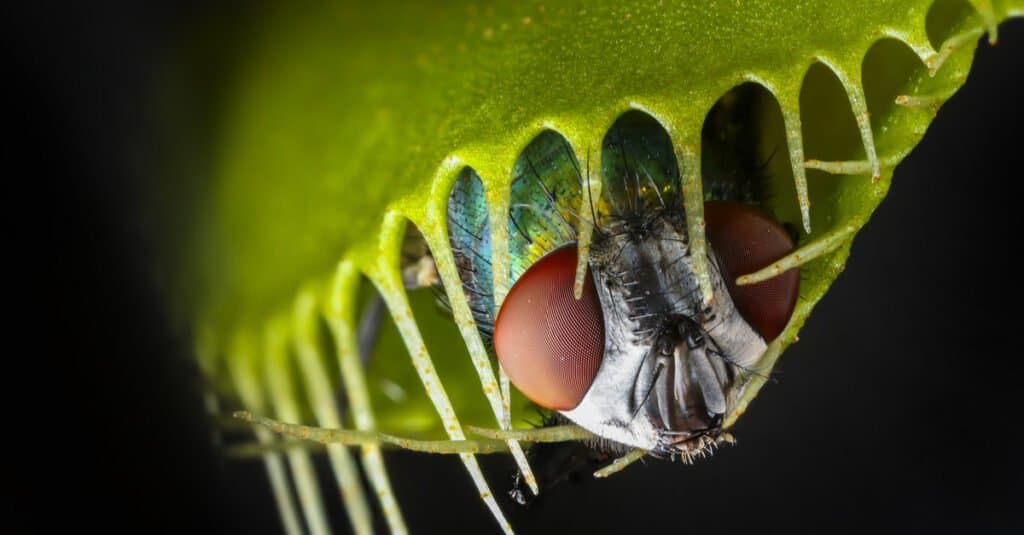
©Kuttelvaserova Stuchelova/Shutterstock.com
You may have heard about some plants who trap insects and consume them as their food. These plants are carnivorous plants, or insectivorous plants, and they eat insects or other small animals like birds, mice, or even fish.
While carnivorous plants undergo photosynthesis like their green relatives do, they also feed on animals in order to obtain necessary nutrients such as phosphorus, nitrogen, calcium, and potassium. These plants devour microscopic insects in order to draw essential plant nutrients from them.
Most carnivorous plants eat insects, although some larger species eat vertebrates too. Thankfully, of all the nearly 600 species of carnivorous plants, most of them are small, and, contrary to popular belief, do not eat humans.
How Do Carnivorous Plants Eat Their Prey?
Carnivorous plants have various ways in catching their prey, but the majority of them use traps and pawns to attract their meal. Carnivorous plants attract their prey by using fragrances and colors, or even light. After piquing the attention of their prey, they grab them with their trap.
Carnivorous plants normally digest food using enzymes over a few days. However, certain types, such as pitcher plants, use microorganisms to break down their food, allowing the plant to absorb more nutrients. Carnivorous plants, in any case, do not chew their meal, but capture them to be digested later on.
Up Next:
More from A-Z Animals
The Featured Image
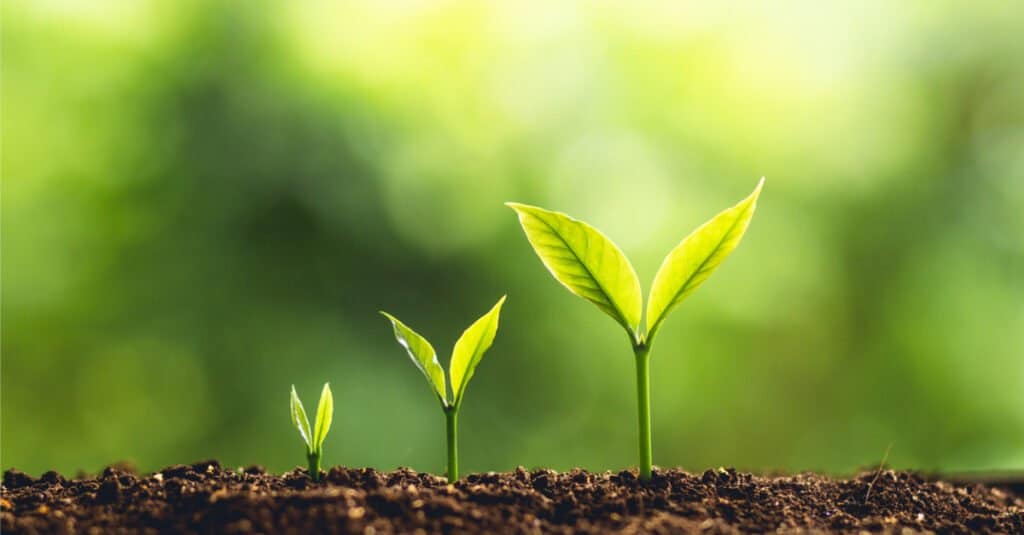
Thank you for reading! Have some feedback for us? Contact the AZ Animals editorial team.

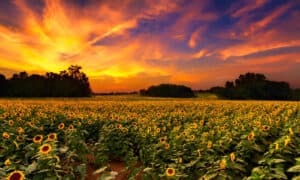
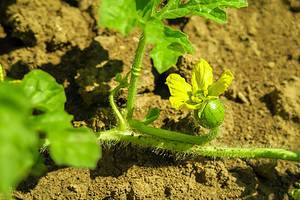
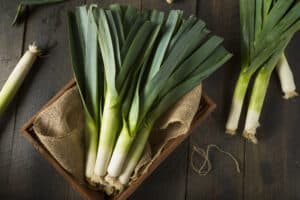
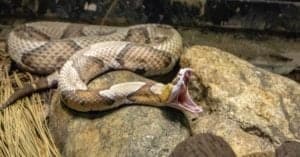

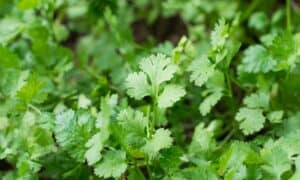
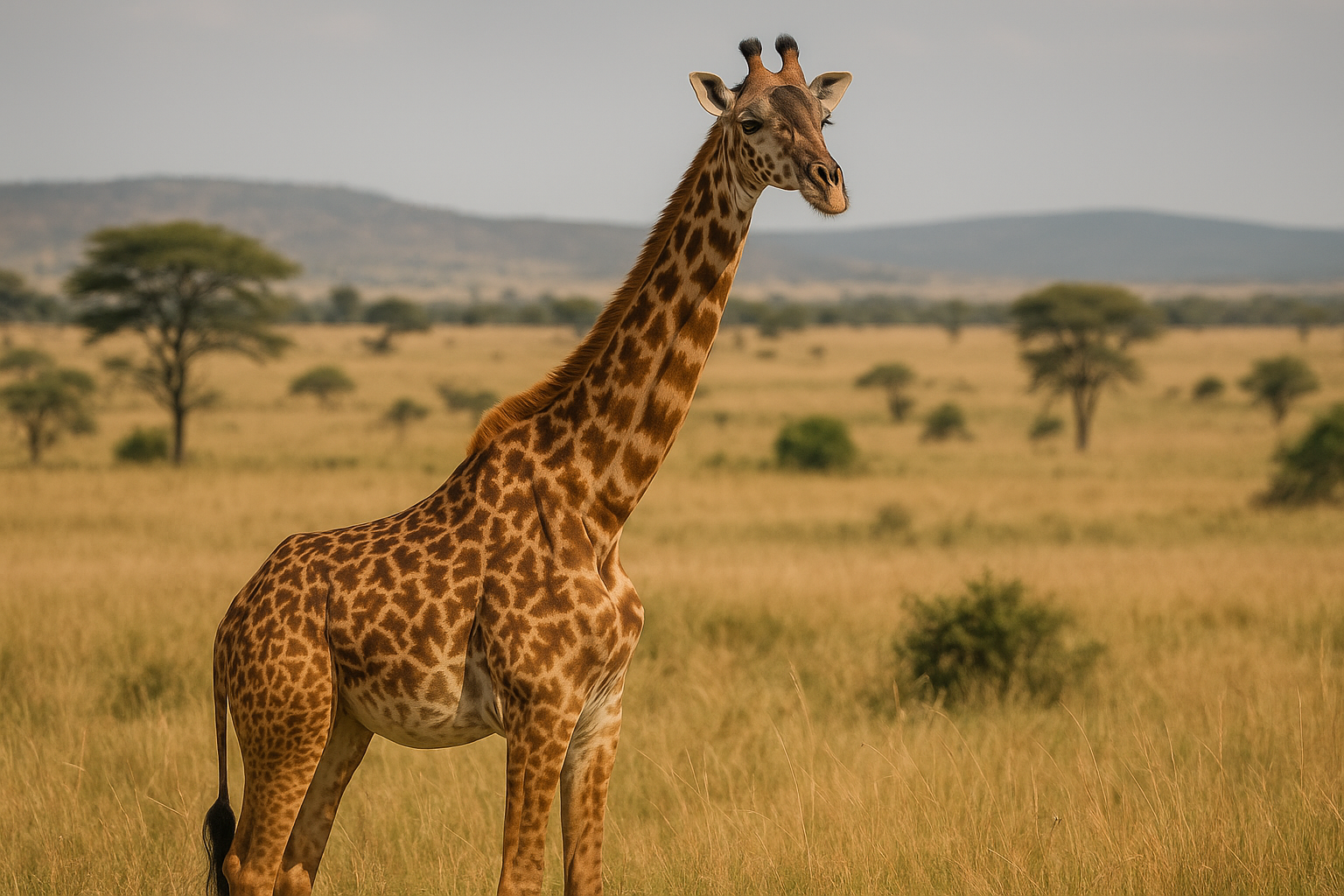






No comments:
Post a Comment